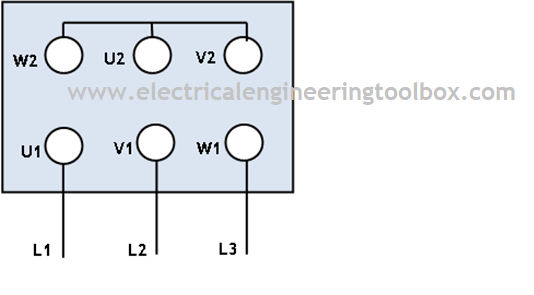Of the many motor tests available a voltage drop test is among the quickest easiest and potentially most valuable allowing for easy evaluation of the quality and efficiency of your circuit s operation.
Step voltage test electric motors.
Each step is typically held for 60 seconds to allow the charging current to dissipate.
Since the motor is turning freely it won t do any good to lubricate the bearings and since the capacitor checks out and the motor is humming it means you ve got voltage to the terminals.
Many electric motor failures are caused by bearing failures.
The dc step voltage test is made slowly by increasing the test voltage in a linear fashion over a number of steps until it reaches target voltage.
With an ohmmeter set to the resistance or ohms test setting place test probes into the appropriate jacks usually the common and ohms jacks.
The test voltages governed by ieee are reflected in table ii.
In a hipot step voltage test the voltage is usually raised in equal steps.
Check the meter s operation manual if necessary choose the highest scale r x 1000 or similar and zero the meter by touching both.
Dc step voltage testing should not be performed on medium voltage motors if the off line testing is being performed from the switchgear and it is known or suspected that the motor feeder cables are submerged under water.
As the step voltage test progresses every 60 seconds the voltage applied to the insulation system is increased in specific voltage increments which is determined by the user.
The test allows the technician to observe how the insulation system responds to an over voltage stress.
The step voltage test is performed upon completi on of a successful polarization index pi test starting at the same voltage used for the pi test.
The only thing you can check is that you ve got the proper line voltage with a heavy load such as the humming motor connected.
Step voltage test this dc test is performed to a voltage that a motor typically sees during starting and stopping.
Hipot step voltage the hipot step voltage test is recommended for duts with an operating rms voltage of 2300v and higher.
Step voltage test the step voltage test records the peak in rush and decay of current as each increase step in dc voltage is applied to the circuit.
The dc voltage is applied to all three phases of the winding and raised slowly to a preprogrammed voltage step level and held for a predetermined time period.
It is done on motors with any operating voltage when more information than what a 1 minute hipot test provides is needed.
A voltage drop test can be readily performed with a basic load and a digital voltmeter dvm.





























